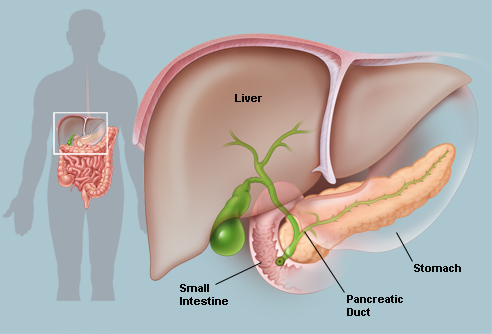 A little while back the news picked up on a new study that showed improved health markers in people that ate two large meals a day versus the study group that ate 6 small meals per day. The calories were the same, but the calories were consumed in different intervals. The two mealers lowered their BMI more so than the six mealers. Conventional wisdom has been that frequent meals stabilizes blood glucose and helps control cravings for those trying to lose weight. This has trickled down to normal weight folks too and it’s common knowledge that eating smaller frequent meals is ‘more healthy.’ This study, along with asimilar study in 2010begins to disprove this idea, but doesn’t talk about the mechanisms, or why it might help some people.
A little while back the news picked up on a new study that showed improved health markers in people that ate two large meals a day versus the study group that ate 6 small meals per day. The calories were the same, but the calories were consumed in different intervals. The two mealers lowered their BMI more so than the six mealers. Conventional wisdom has been that frequent meals stabilizes blood glucose and helps control cravings for those trying to lose weight. This has trickled down to normal weight folks too and it’s common knowledge that eating smaller frequent meals is ‘more healthy.’ This study, along with asimilar study in 2010begins to disprove this idea, but doesn’t talk about the mechanisms, or why it might help some people.
Today I read a post on Robb Wolf’s blog that focused more on Intermittent fasting (IF), but talked a little about the mechanisms of fasting which I think apply to these low frequency meal studies. I wrote up a short post on why IF might work for some folks a little while ago, and my post here adds to that thinking.
“There are two phases for insulin secretion.” During phase 1, stored insulin is released and lasts around 10 minutes. In phase 2 the pancreas produces more insulin to shuttle glucose into your cells after your guts have broken things down enough to be absorbed. This insulin is present in the bloodstream for 2-3 hours after the meal is consumed. Eating very frequently ends up taxing the pancreas as it’s unable to store more insulin for the first phase of the next meal. This is most likely why the type 2 diabetics in the aforementioned studies did better on the low frequency meal plans. Their pancreases were able to take a break and prepare for the next meal.
I imagine the food the participants were given were more healthful than the meals they were eating prior to the study and we have to assume there are more variables here than just food frequency. It’d be great if they could do a study where people ate the same healthful diet at the same frequency for a month or two before the food frequency difference began. This would minimize the impact of a drastic diet change on the outcome. Besides eating a healthier diet, the reduced food frequency allows the pancreas a break between meals and improves insulin sensitivity since your cells get a break from the constant supply of insulin.
